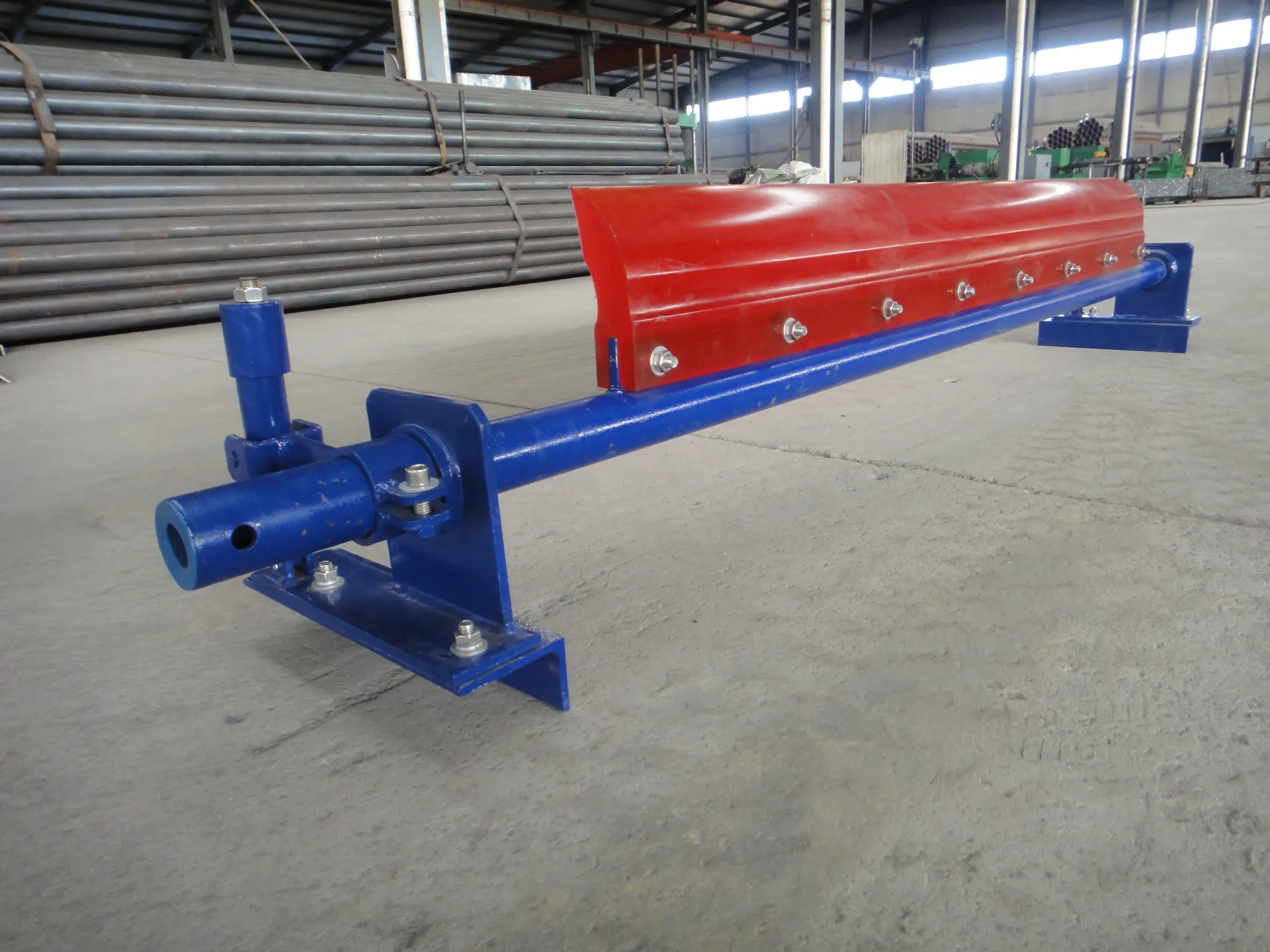 Afrikaans
Afrikaans  Albanian
Albanian  Amharic
Amharic  Arabic
Arabic  Armenian
Armenian  Azerbaijani
Azerbaijani  Basque
Basque  Belarusian
Belarusian  Bengali
Bengali  Bosnian
Bosnian  Bulgarian
Bulgarian  Catalan
Catalan  Cebuano
Cebuano  Corsican
Corsican  Croatian
Croatian  Czech
Czech  Danish
Danish  Dutch
Dutch  English
English  Esperanto
Esperanto  Estonian
Estonian  Finnish
Finnish  French
French  Frisian
Frisian  Galician
Galician  Georgian
Georgian  German
German  Greek
Greek  Gujarati
Gujarati  Haitian Creole
Haitian Creole  hausa
hausa  hawaiian
hawaiian  Hebrew
Hebrew  Hindi
Hindi  Miao
Miao  Hungarian
Hungarian  Icelandic
Icelandic  igbo
igbo  Indonesian
Indonesian  irish
irish  Italian
Italian  Japanese
Japanese  Javanese
Javanese  Kannada
Kannada  kazakh
kazakh  Khmer
Khmer  Rwandese
Rwandese  Korean
Korean  Kurdish
Kurdish  Kyrgyz
Kyrgyz  Lao
Lao  Latin
Latin  Latvian
Latvian  Lithuanian
Lithuanian  Luxembourgish
Luxembourgish  Macedonian
Macedonian  Malgashi
Malgashi  Malay
Malay  Malayalam
Malayalam  Maltese
Maltese  Maori
Maori  Marathi
Marathi  Mongolian
Mongolian  Myanmar
Myanmar  Nepali
Nepali  Norwegian
Norwegian  Norwegian
Norwegian  Occitan
Occitan  Pashto
Pashto  Persian
Persian  Polish
Polish  Portuguese
Portuguese  Punjabi
Punjabi  Romanian
Romanian  Russian
Russian  Samoan
Samoan  Scottish Gaelic
Scottish Gaelic  Serbian
Serbian  Sesotho
Sesotho  Shona
Shona  Sindhi
Sindhi  Sinhala
Sinhala  Slovak
Slovak  Slovenian
Slovenian  Somali
Somali  Spanish
Spanish  Sundanese
Sundanese  Swahili
Swahili  Swedish
Swedish  Tagalog
Tagalog  Tajik
Tajik  Tamil
Tamil  Tatar
Tatar  Telugu
Telugu  Thai
Thai  Turkish
Turkish  Turkmen
Turkmen  Ukrainian
Ukrainian  Urdu
Urdu  Uighur
Uighur  Uzbek
Uzbek  Vietnamese
Vietnamese  Welsh
Welsh  Bantu
Bantu  Yiddish
Yiddish  Yoruba
Yoruba  Zulu
Zulu Understanding Conveyor Idlers: Key Components for Belt Support
Conveyor idlers are essential components in any belt conveyor system, providing the necessary support to maintain proper belt tension and prevent sagging. Products like belt conveyor idlers, conveyor idler rollers, and return idler rollers ensure the smooth movement of materials while reducing wear on the belt. By adhering to specific conveyor idler specifications, these components enhance the efficiency and longevity of conveyor systems across industries.

Here’s why conveyor idlers are indispensable and how they contribute to the optimal performance of belt conveyors.
Belt Conveyor Idlers: The Backbone of Belt Stability
A belt conveyor idler is designed to support and guide the conveyor belt as it moves through the system. Positioned at regular intervals, these idlers distribute the weight of the material evenly, preventing sagging and ensuring proper belt alignment.
Key features of belt conveyor idlers:
-
Weight Distribution: Helps to carry the load uniformly, reducing stress on the belt and motor.
-
Alignment Support: Keeps the belt centered, minimizing the risk of spillage and misalignment.
-
Wear Reduction: Prevents sagging that can lead to excessive wear and tear on the belt.
Without proper support from belt conveyor idlers, the conveyor system would experience inefficiencies, increased maintenance costs, and potential downtime.
Conveyor Idler Rollers: Ensuring Smooth Operation
Conveyor idler rollers are the rotating components that support the belt and facilitate its movement. These rollers are engineered to handle various load capacities and environmental conditions, making them suitable for a wide range of industries.
Benefits of conveyor idler rollers:
-
Low Friction: Reduces resistance, enabling smooth and energy-efficient belt movement.
-
Durable Construction: Made from materials like steel, aluminum, or high-density polymers to withstand heavy loads and harsh environments.
-
Corrosion Resistance: Coated or treated to resist rust and extend the life of the rollers.
Whether transporting heavy materials in mining or delicate goods in manufacturing, conveyor idler rollers are critical for reliable system operation.
Understanding Conveyor Idler Specifications
When selecting idlers, it’s essential to consider the conveyor idler specifications to ensure compatibility with your system and application needs. These specifications include:
-
Roller Diameter: Determines the load-carrying capacity and belt tension. Larger diameters are suitable for heavy loads.
-
Roller Length: Must match the width of the conveyor belt for proper support.
-
Load Rating: Specifies the maximum weight the idler can handle without deforming or failing.
-
Bearing Type: Impacts the roller’s ability to rotate smoothly under varying loads.
-
Material: Options like steel or polymer depend on the operating environment, with steel being robust and polymer offering lightweight corrosion resistance.
Adhering to precise conveyor idler specifications ensures that the idlers perform efficiently and meet the demands of the application.
Return Idler Rollers: Support for the Underside
While much attention is given to the upper side of the conveyor belt, return idler rollers play a vital role in supporting the belt’s return side. Positioned beneath the conveyor, these idlers keep the belt taut and prevent it from sagging under its own weight.
Advantages of return idler rollers:
-
Belt Stability: Maintains consistent tension on the return side, preventing slack that could disrupt operations.
-
Reduced Wear: Prevents the belt from dragging or sagging onto other components, extending its lifespan.
-
Ease of Maintenance: Designed for durability and easy replacement when needed.
Return idler rollers are especially important in long conveyor systems where the return side can span significant distances.
Optimize Your Conveyor System with High-Quality Idlers
From belt conveyor idlers to return idler rollers, these components are fundamental for maintaining proper belt support, tension, and alignment. By adhering to specific conveyor idler specifications, you can ensure your system operates smoothly and efficiently, reducing downtime and extending the life of the belt and other components.
Invest in reliable conveyor idler rollers today and experience the benefits of a well-supported and efficient conveyor system!
-
Impact Roller for Belt Conveyor – Durable Solutions for IndustryNewsNov.24,2025
-
Rubber Conveyor Rollers – Quiet, Durable, Sealed BearingsNewsNov.24,2025
-
Industrial Conveyor Belt Rollers: Durable Solutions for Harsh EnvironmentsNewsNov.24,2025
-
Idler Rollers for Belt Conveyors | Durable, Low-Noise OEMNewsNov.24,2025
-
Durable Rubber Conveyor Belt Rollers for Industrial UseNewsNov.24,2025
-
Ceramic Lagging Conveyor Pulley – Anti-Slip, Wear-ResistantNewsNov.17,2025





























